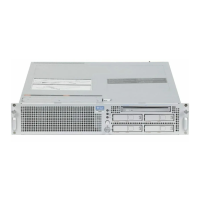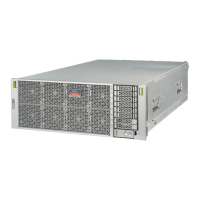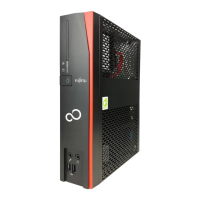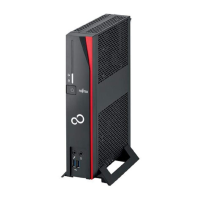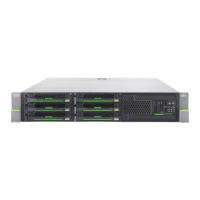3-1
CHAPTER
3
About the Software
Both midrange servers include these types of software:
■ Power-on self-test (POST)
■ OpenBoot PROM
■ Solaris Operating System software (Solaris OS)
■ XSCF firmware
3.1 Solaris Operating System Software
The Solaris OS is installed on the system domains. For complete information about
the Solaris OS, refer to the Solaris documentation collection. In addition to its suite
of software capabilities, Solaris OS provides PCI hot-plug support, which interacts
with the hardware.
3.1.1 Domains
A domain is an independent system resource that runs its own instance of the
Solaris OS. Operations in one domain are not affected by operations in another
domain.
Domains can be used to perform different types of processing activity. For example,
one domain can be used to test new applications, while another domain can be used
for production purposes.
The SPARC Enterprise M4000 system supports up to two domains and the SPARC
Enterprise M5000 system supports up to four domains. A domain can be defined by
using a single physical system board (Uni-XSB) or by combining resources from
system boards that have been divided into separate units (Quad-XSB).
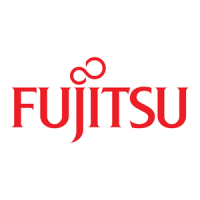
